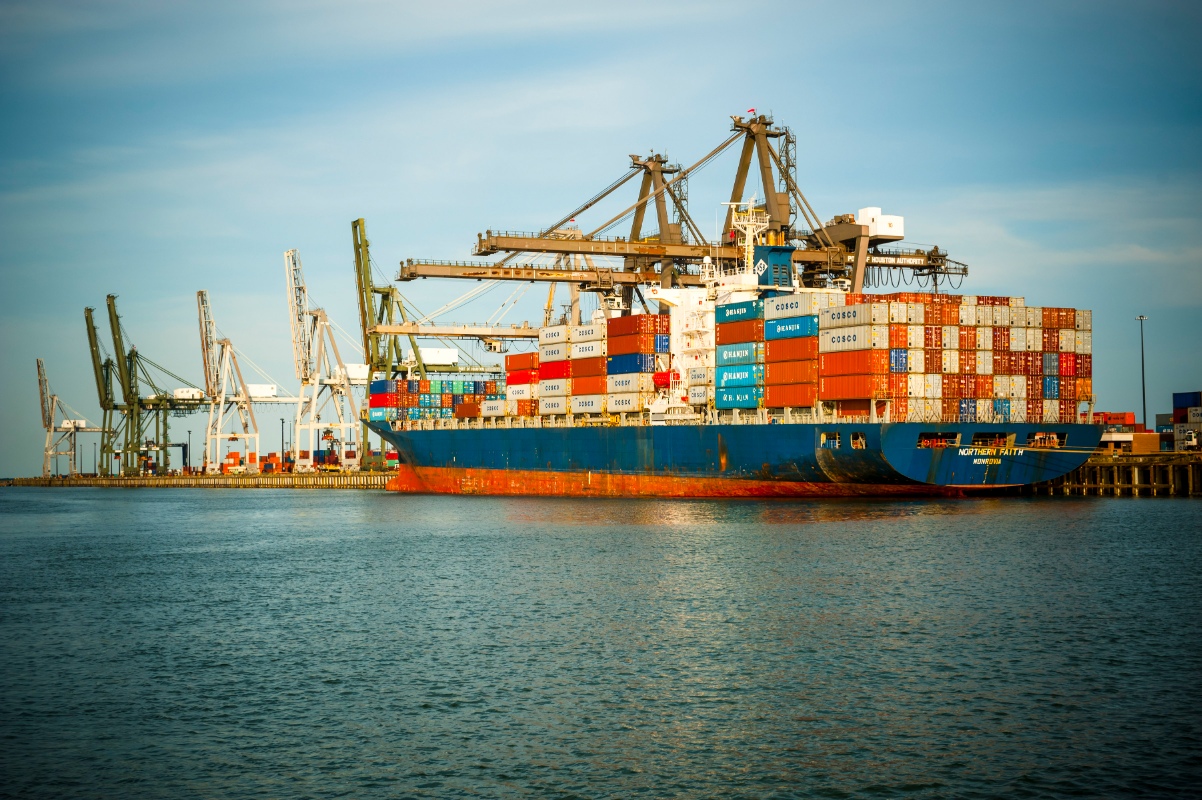Small Biz Insider: Adopting a Proactive COVID-19 Business Strategy
Published Apr 22, 2020 by Maggie Martin
This is a special episode of Small Biz Insider, a podcast from the Greater Houston Partnership.
The COVID-19 crisis has forced us all to adapt. That goes for small businesses, too. In just the past few weeks, small business owners have had to change how they operate. Some have scaled back their operations. Others have shut down completely. These small businesses haven't just adapted - they've had to do so as quickly as public health and policy developments unfold.
On this episode, we're helping you take your small business strategy from a reactive position to a proactive plan. Our guest is Aimee Woodall, president and founder of The Black Sheep Agency, a marketing, brand strategy and design agency.
Here are some key takeaway's from this episode:
- These are 3 steps to make your business more viable during the COVID-19 crisis.
- Relearn your audience. Start internally by asking your team for feedback. Treat this as a focus group. Reach out to your external audiences through a listening tour. "There’s power in asking ‘how are you doing’ if you mean it," said Woodall. "And if you ask the right questions while you’re checking in on your audience they may also give you the answers you need to help you move ahead.”
- Get real as a brand. Three key words to embrace and adopt are vulnerability, realness and empathy. Review each piece of communications you send out by asking if your audience needs to hear from you right now and why they need to hear from you.
- Get your leadership out in front of your messaging. "It’s clear people are desperately seeking guidance and collecting bits of information to make more informed decisions in the middle of a vastly unknown territory," said Woodall. This is an opportunity to deepen loyalty by shortening the connection between your audience and leadership team.
- Resiliency right now means fighting and figuring out how to innovate in a time when you have no other choice. There’s a corner everyone has been backed into where there aren’t many options, so getting scrappy while being in that corner and getting through this with a plan will help you not only get through this situation in the short-term. It will also help your business grow in the long-term.
Click here for more COVID-19 resources for small businesses. Visit the Partnership's COVID-19 Resource page for updates, guidance for employers and more information. And sign up for daily email alerts from the Partnership as the situation develops.
The Small Biz Insider podcast is part of our digital series highlighting entrepreneurs in the greater Houston region who are making a big impact in the small business community.
Subscribe to Small Biz Insider through these popular podcast players:
Listen on Apple Podcasts Listen on Google Podcasts Listen on Spotify
 The Houston Report
The Houston Report




















